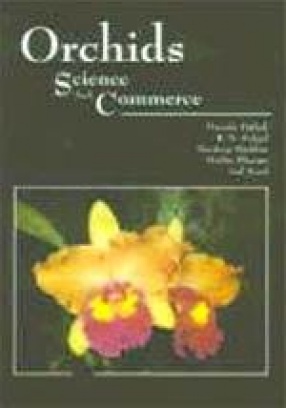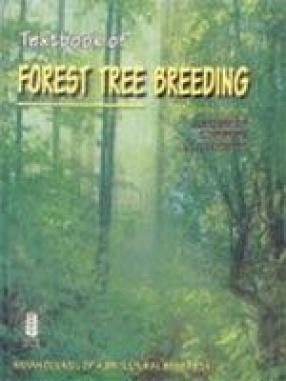Orchids: Science and Commerce
Synopsis
The orchids are a group of extremely interesting plants which outnumber all the other plant groups in the Plant Kingdom. Numbering about 20,000 species, they exhibit pollination-related floral complexities, produce a large number of microscopic, and poorly organized seeds, and require a fungal endophyte (mycorrhiza) for their germination and growth in nature. The morphological, physiological, and genetic peculiarities inherent in this group of plants have stimulated research to such a degree that Orchidology today is one of the most popular and dynamic branches of Botany. The orchids represent aristocracy in floriculture; their acquisition and display has now become a status symbol. The amenability of these plants to hybridization and the ease with which hybrid genotypes can be rescued through biotechnological means, adds a new dimension to their marketability in the international trade in cut-flowers and pot-plants. Rich in alkaloid and other phytochemicals, the orchids have a therapeutic value; what is more, they are being extensively used in the indigenous system of medicine for a host of ailments. The orchids are well represented in India as a whole, but they are not predominant anywhere in the country. Nearly 1,200 species in 165 genera have been authenticated till date and their number is likely to go higher still as several areas in the major orchid-rich belts (Himalayan, North-East Indian, and Peninsular regions) are yet to botanically explored. Many of them, particularly in genera Aerides, Arachnis, Cattleya, Cymbidium, Dendrobium, Epidendrum, Oncidium, Paphiopedilum, Phalaenopsis, Renanthera, Vanda, etc., have been extensively used to progenate high profile and internationally acclaimed hybrids. The Indian orchids are paradoxically victims of their own beauty and popularity; the result is that their natural population is rapidly declining because of unbridled commercial exploitation on the one hand and deterioration of their habitats on the other. More than 150 species are thus in danger of becoming extinct while some others like Calanthe pachystalix, C. whiteana, Coelogyne albolutea, C. assamica, and Paphiopedilum charlesworthii, have already become so.
Read more
66.50
59.85
$
70.00 $
Free delivery Wolrdwidе in 10-18 days
Ships in 2-4 days from New Delhi
Membership for 1 Year $35.00
Get it now and save 10%
Get it now and save 10%
BECOME A MEMBER
Books by the same authors








Bibliographic information
Promila Pathak
Navdeep Shekhar